The Art of the Winter Season: Types of Snowflakes
Snowflakes begin their life as tiny ice crystals high in the Earth’s atmosphere. As they descend, they encounter varying atmospheric conditions, which shape their growth and form. The temperature and humidity play a crucial role in determining the snowflake’s structure. Different temperature ranges lead to different snowflake shapes. For instance, at just below 0°C, plates and dendrites form, while at colder temperatures, columns and needles are more common. Humidity also influences the complexity of the snowflake; higher humidity results in more intricate patterns.
Stellar Dendrite Snowflakes
Stellar dendrites are a special kind of snowflake that looks like stars with many arms reaching out. Each one is unique, like a tiny, icy treasure. When it’s really cold, water droplets in the clouds freeze into these pretty shapes. They start small but grow arms as they fall through the sky like a star getting more points. When we catch them on our gloves, we see their amazing patterns. They remind us of the magic in nature, showing us how something so small can be so beautiful. It’s like each snowflake is a tiny piece of winter’s art!

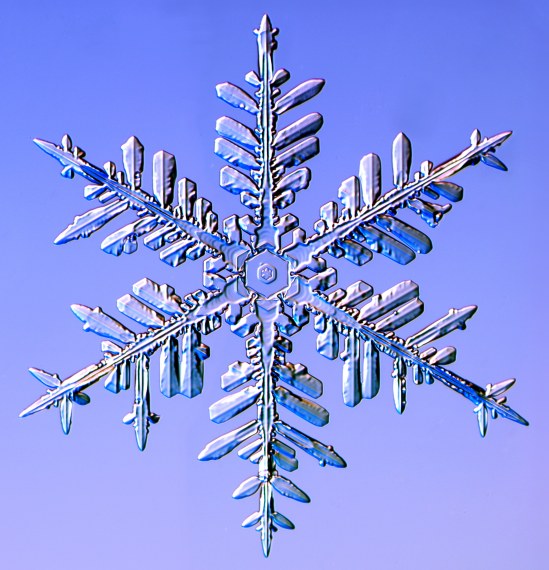
Fernlike Stellar Dendrite Snowflakes
Fernlike stellar dendrites are a special kind of snowflake that look like tiny, delicate stars with lots of arms. Just like ferns, these snowflakes have branches that spread out in beautiful patterns. Each one is unique, meaning no two are exactly the same. They form when it’s really cold and there’s moisture in the air. These snowflakes are super tiny, but when you catch them on your glove, you can see their amazing shapes. They remind us how nature can create little wonders, turning water and cold air into beautiful art that falls from the sky.
Image source http://Guide to Snowflakes (caltech.edu)
Sectored Hexagonal Snowflakes
They are shaped like hexagons, which means they have six sides. Imagine a plate divided into six equal parts, like a pizza cut into six slices. That’s how a snowflake looks, but much prettier and more intricate. The reason why snowflakes have this hexagonal shape is quite interesting. It’s all because of how water freezes and turns into ice. When water gets really cold, it starts to freeze, and as it does, it forms crystals. The way these ice crystals grow and join together creates the hexagonal pattern. It’s like nature’s own way of drawing using ice as its pencil. Next time it snows, try catching a snowflake on your glove or jacket and look closely. You’ll see the amazing hexagonal design. It’s like a little secret message from nature, showing us how wonderful and detailed the world around us can be, even in the smallest of things like a snowflake.
Image source http://Guide to Snowflakes (caltech.edu)
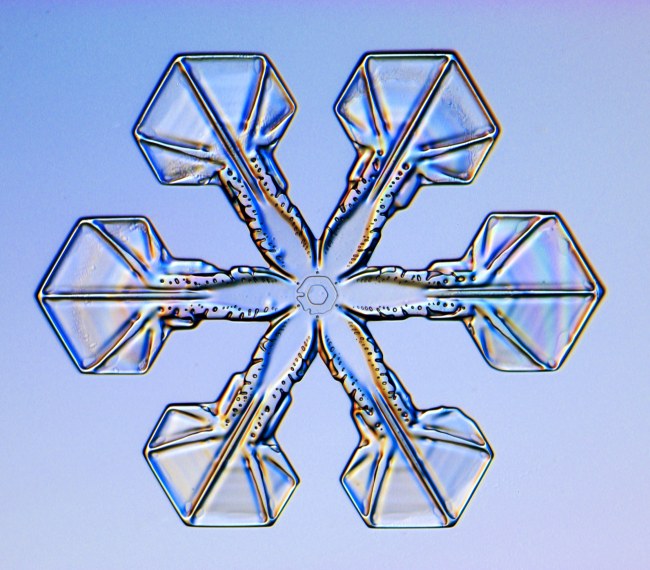

Stellar Plate Snowflakes
Stellar plate snowflakes are like tiny, magical stars that fall from the sky during winter. Imagine small, six-sided plates made of ice, each one as unique as every person in the world. They’re so small that you might need a magnifying glass to see their amazing shapes! These snowflakes begin their journey high up in the clouds, where it’s very cold. Water droplets freeze and stick together, creating these beautiful ice plates. The cool thing is, that no two stellar plate snowflakes are exactly the same. Each one has its own special pattern. When it’s cold enough, these snowflakes gently float down from the sky, covering the ground in a soft, white blanket. It’s like nature’s way of decorating the earth! Next time it snows, try catching a snowflake on your glove. Look closely, and you might see the delicate, star-like patterns. It’s a little winter wonder right in your hand!
Image source http://Guide to Snowflakes (caltech.edu)
Simple Prism Snowflakes
Prism Snowflakes are like tiny, magical pieces of art that fall from the sky in winter. Each one is special and different, just like people. Imagine small, six-sided ice crystals, called “Simple Prism” snowflakes, that look like delicate pencils or columns. They form high up in the clouds when it’s really cold. These snowflakes are not the usual star shapes we often see, but they are just as beautiful. When it’s chilly, water droplets in the clouds freeze and stick together to make these ice pencils. As they gently float down to Earth, they might join with other snowflakes, creating a soft, white blanket on the ground. Isn’t it amazing how something so small can turn the world into a winter wonderland?
Image source http://Guide to Snowflakes (caltech.edu)
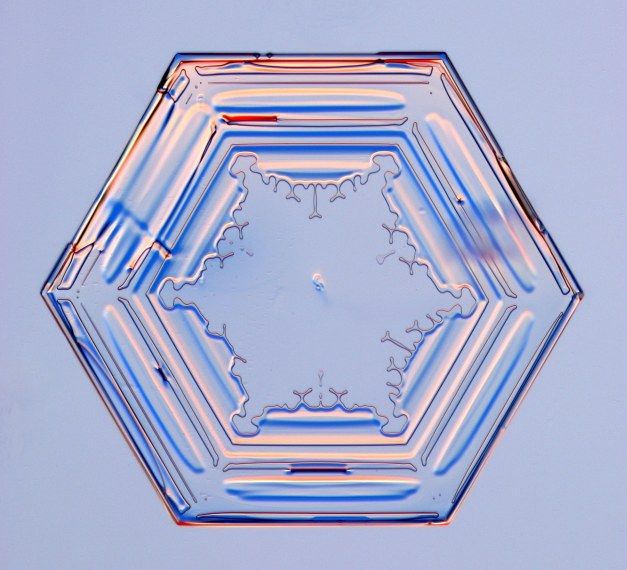
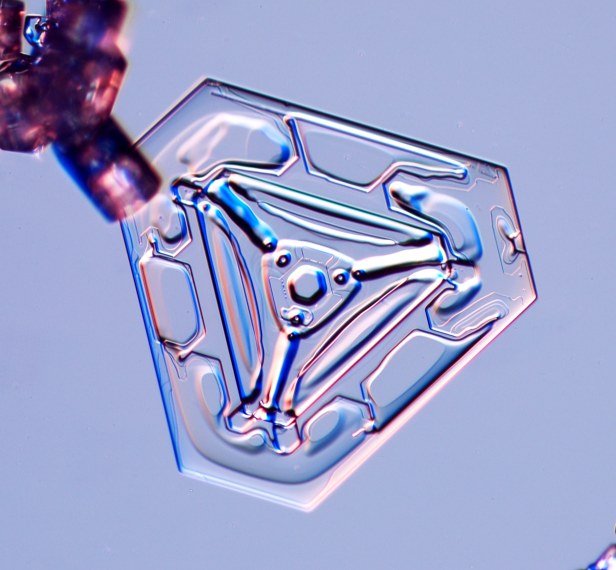
Triangular Crystal Snowflakes
Triangular crystal snowflakes are a magical part of winter. Unlike the usual six-sided snowflakes we often see, these have three sides, making them look like tiny, sparkly triangles falling from the sky. Just like every snowflake is unique, these triangular ones are special too. They form when it’s really cold and the water in the clouds freezes in a different way. This creates their three-sided shape, which is quite rare. When you catch these snowflakes on your mittens, you can see their beautiful patterns. They remind us of how nature can surprise us with its creativity. Triangular snowflakes are not just beautiful but also a wonderful example of how every snowflake, just like every person, is special in its own way.
Image source http://Guide to Snowflakes (caltech.edu)
12-Sided Snowflakes
Snowflakes are like tiny, icy stars falling from the sky, each one special and different. Imagine a snowflake with 12 sides, like a shape with 12 corners. These 12-sided snowflakes are really rare, but when they happen, they look extra magical. They form in very cold weather when tiny ice crystals in the clouds stick together in a special way. It’s like building a puzzle, but with ice! These snowflakes are so small that you might need a magnifying glass to see all 12 sides. Each side is like a tiny mirror, reflecting light and sparkling in the sun. Just like us, every snowflake, whether it’s 12-sided or not, is unique and wonderful in its own way.
Image source http://Guide to Snowflakes (caltech.edu)
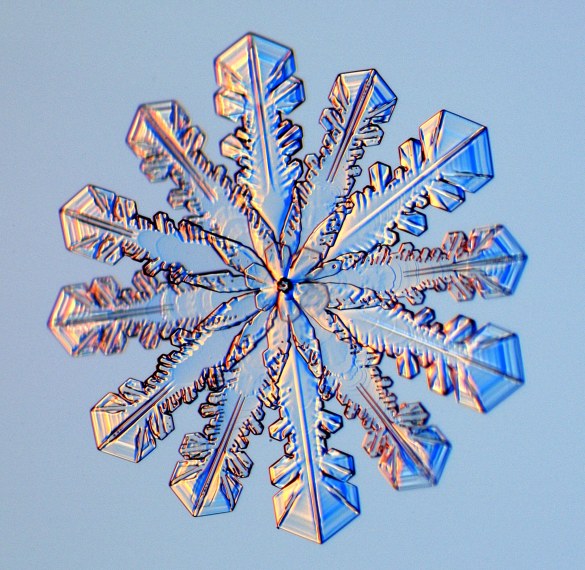
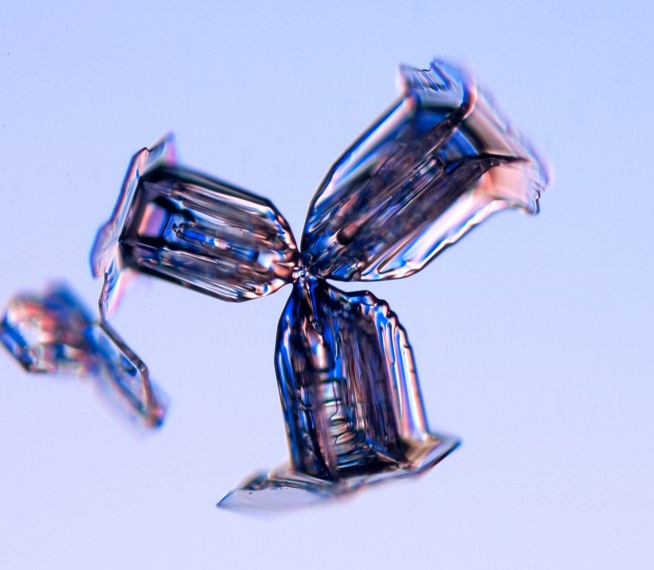
Bullet Rosettes Snowflakes
Bullet rosette snowflakes are truly magical! Imagine tiny, icy stars falling from the sky, each one unique and special. These snowflakes look like small, shiny bullets at the centre, surrounded by beautiful branches that spread out like the petals of a flower. It’s as if nature is showing off its art skills! These snowflakes form way up high in the clouds when it’s really cold. Water droplets freeze around tiny bits of dust, and as they fall through the chilly air, they grow into these amazing shapes. Next time it snows, try to catch a snowflake and look closely. You might just find your own tiny, icy masterpiece! Remember, each snowflake is different, just like each one of us, making the world a wonderful and diverse place.
Image source http://Guide to Snowflakes (caltech.edu)
In conclusion, snowflakes are not just simple winter phenomena; they are marvels of nature, each a unique masterpiece of intricate design. Their study offers insights into meteorology, art, and ecology, making them a subject of endless fascination. As we appreciate the different kinds of snowflakes, we are reminded of the beauty and complexity of the natural world around us.
